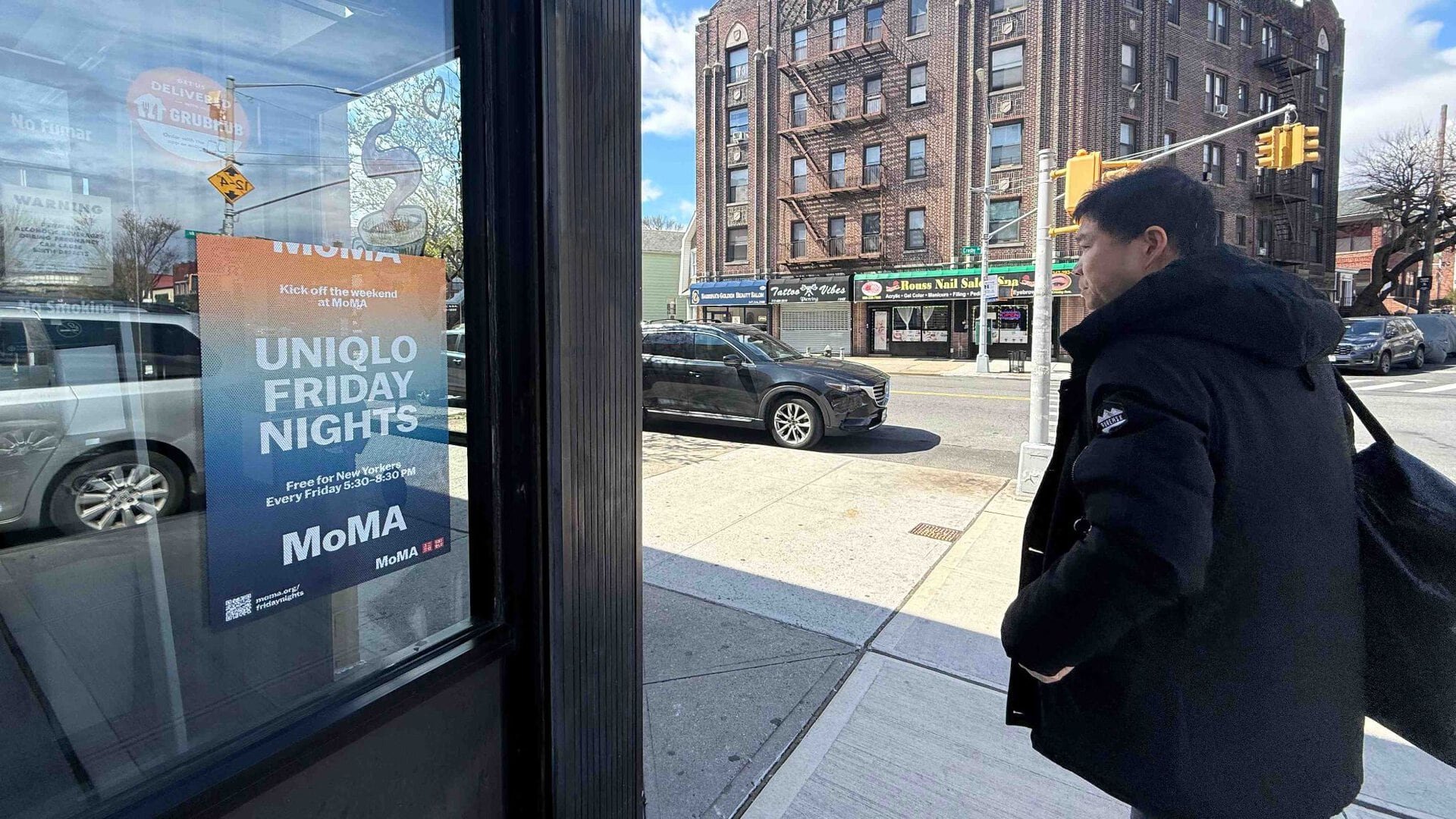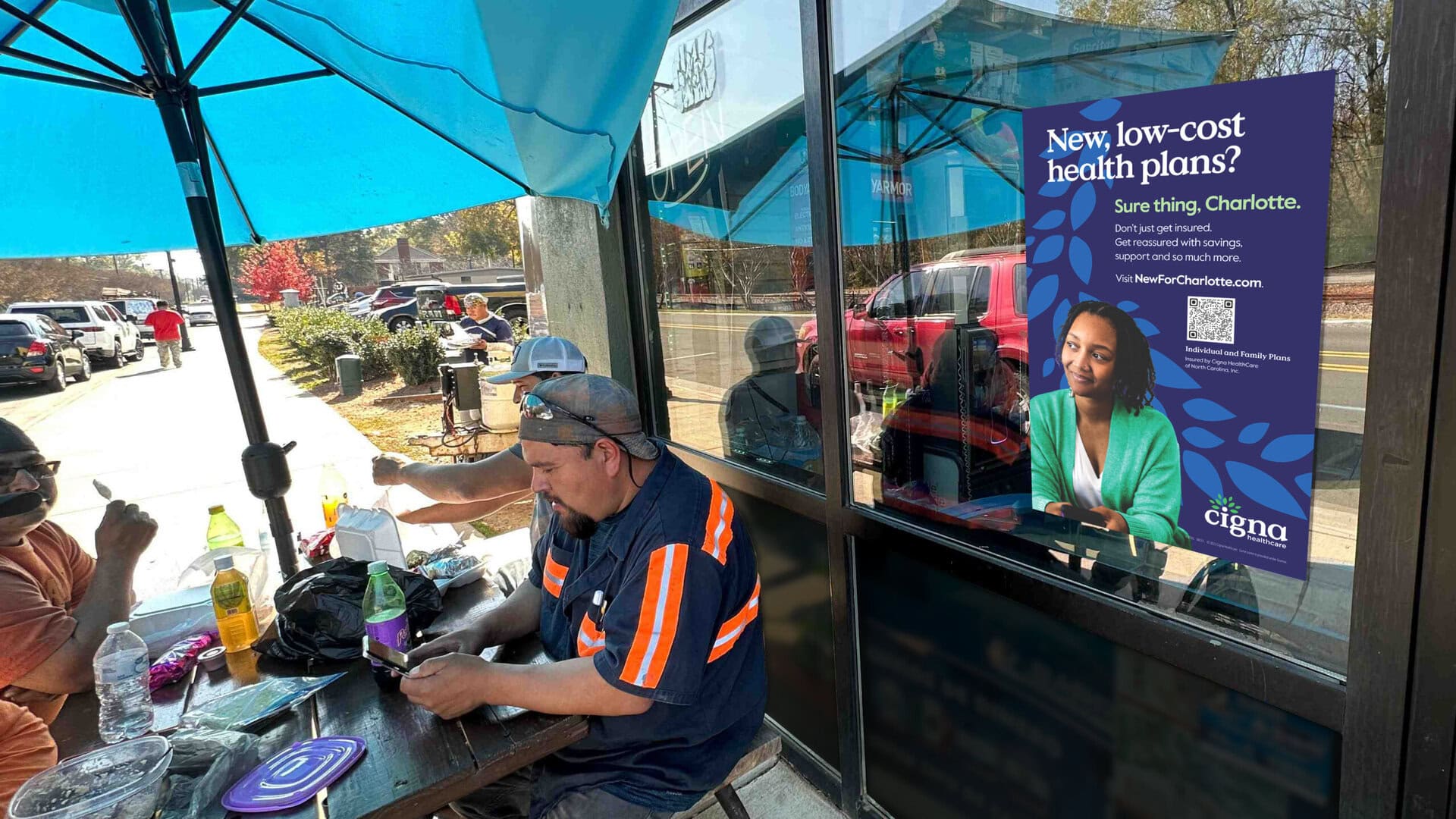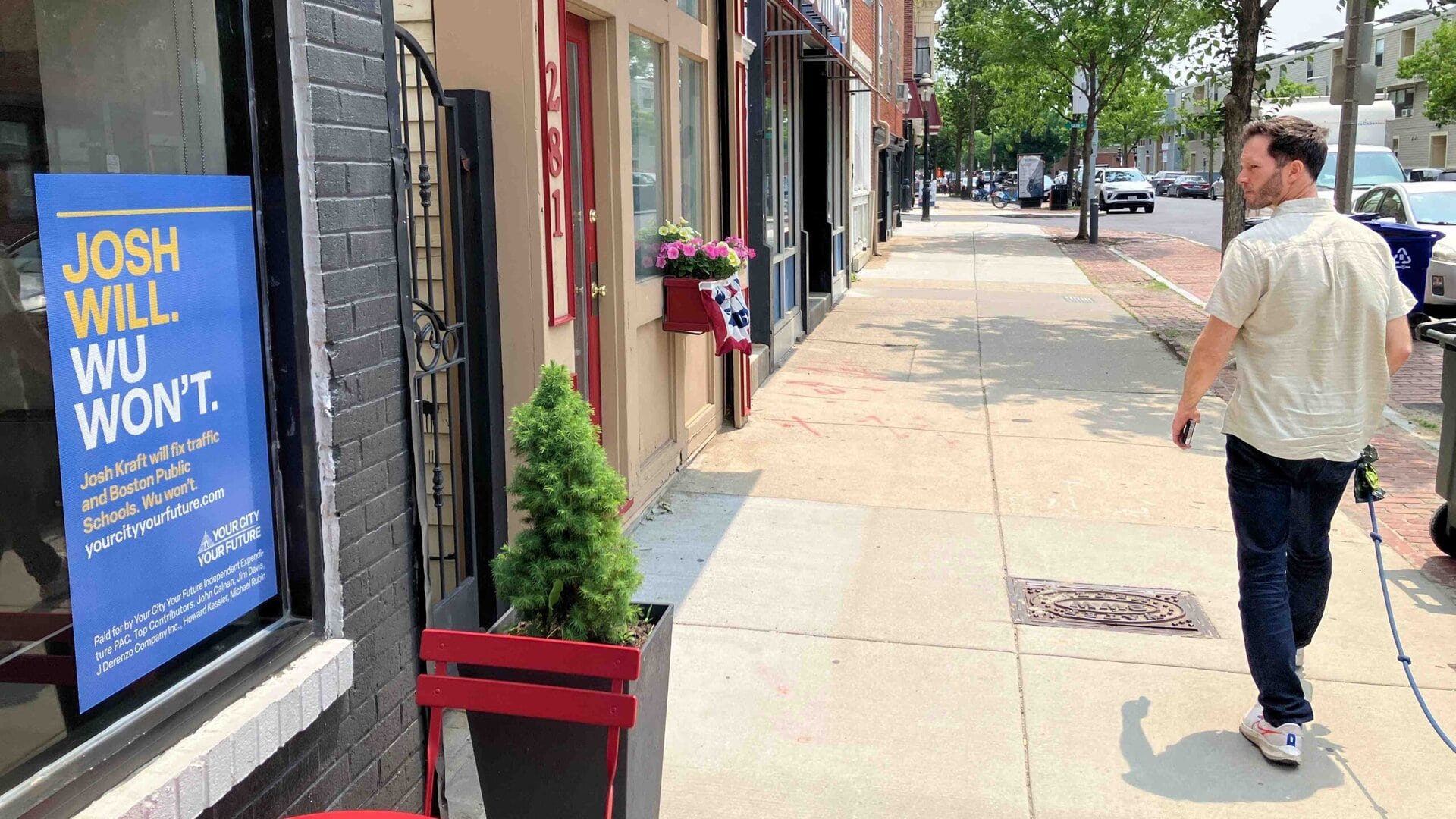The last few years bear witness to the continued good economic fortune of New York: from the well-tended foliage at Madison Square Park to the throngs of tourists visiting the Williamsburg waterfront, the city remains not only a destination for culture, but for consumption.
So why, then, are the traditional retail corridors blighted with empty storefronts and red “FOR RENT” signs?
Economist Tim Wu, in a 2015 New Yorker article, speculates that many of these unfilled vacancies can be attributed to landlord greed: why lease your space to a mom-and-pop shop when you can hold out for the big bucks corporate retailers – like Duane Reade and Citi Bank – are willing to pay?
This tendency seems to be exacerbated in areas with landlords who hold mini-monopolies: dropping the price on a single storefront may cause the prices on nearby locations to fall. As Wu notes, “That suggests waiting for Marc Jacobs instead of renting to Jane Jacobs”.
That remark proved uncanny: In May of 2017, New York State Senator Brad Hoylman released a special report entitled Bleaker on Bleecker: A Snapshot of High-Rent Blight in Greenwich Village and Chelsea. The report detailed the unusually high retail vacancy rates along Bleecker Street between 6th and 8th Avenues: 18.44% of retail spaces (or 26 of 141 shops) were vacant in the spring of 2017.

Film Center Cafe, 9th Avenue, NY (1933-2011)
Hoylman’s figure is astonishingly high (The New York Times cites 5% as the standard commercial vacancy rate associated with middle-class metropolitan areas) – and is even more extraordinary given the neighborhood’s reputation as a high-end retail destination. It seems that even Marc Jacobs has priced himself out – in the past two years, the company has shuttered five of its six retail locations along Bleecker.
Though Jacob’s team remains quiet on the brand’s exit from the neighborhood, the turnover rate of merchants is high, a symptom of what Wu termed “high-rent blight”, a phenomenon unique to upscale (and rapidly gentrifying) neighborhoods. On Curbed, writer Emily Nonko summed up the situation nicely: “High-end companies pushed out longtime, diverse businesses that called Bleecker Street home, and when the newcomers couldn’t get enough traffic to justify the sky-high rents, they shuttered and left the block empty”.
Unfortunately, this affliction has spread throughout the city. In early June, Manhattan Borough President Gale Brewer announced that Broadway, historically a prime retail corridor, currently features 188 empty and/or vacant storefronts. Fifth Avenue, another destination for high-end fashions and furnishings, saw vacancy rates increase year over year: according to real estate firm Cushman & Wakefield, the vacancy rate for 5th Avenue between 49th and 60th Street was 17.4% in the first quarter of 2017; the stretch of 5th Avenue between 42nd and 49th boasted a vacancy rate of 32.8%.
These vacancies are pervasive enough to inspire Vacant New York, a website run by one man intent on mapping all available storefronts in the city.
So why does this matter?
It’s discouraging to see beloved neighborhood establishments shutter their doors, only to be replaced by corporate chains. This erosion of local character makes the city less vibrant and diverse… and now that we’ve reached the point that the chains have priced themselves out, it’s time to reevaluate the way we approach local businesses.
Independently owned stores, cafes, salons and other small businesses are PMD’s business. We exist because our clients get SEEN in these windows; our outdoor advertising network is comprised of these same indie storefronts.
When our network partners move, close, or just disappear, we notice. And you should, too! Small businesses attract foot traffic, create jobs, and bolster neighborhood economies: 68% of money spent at independent businesses is funneled back into the local economy, compared to only 43% via big box chain stores. Most of all, they foster a sense of place and community – an invaluable service that neither Starbucks nor CVS can provide.



